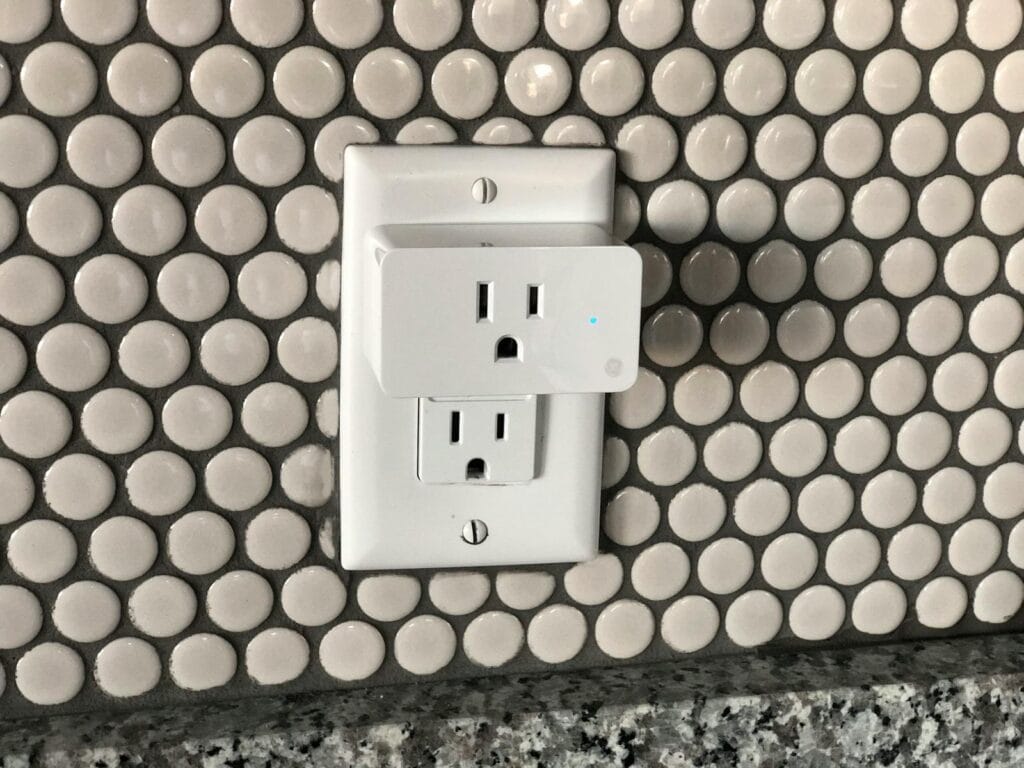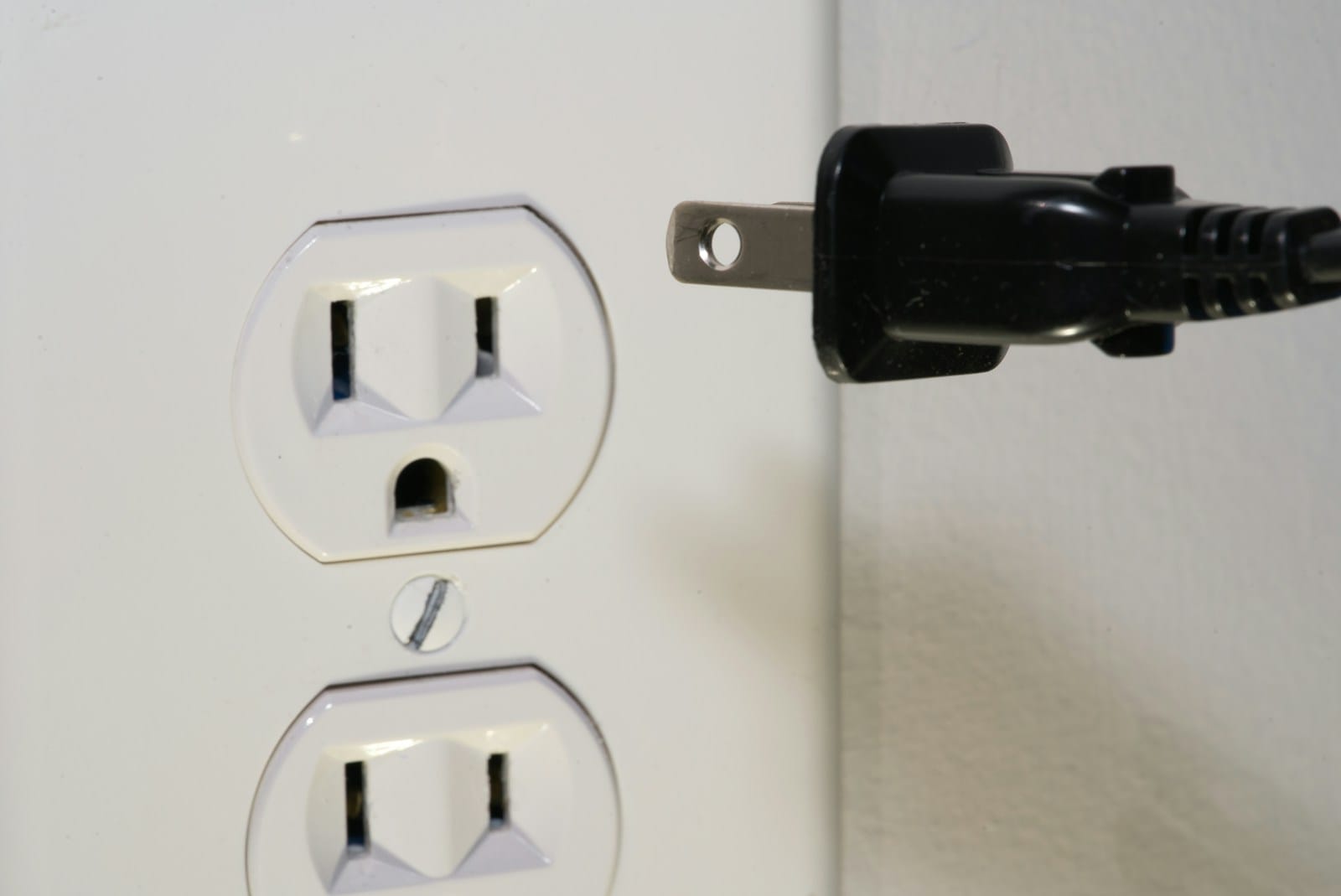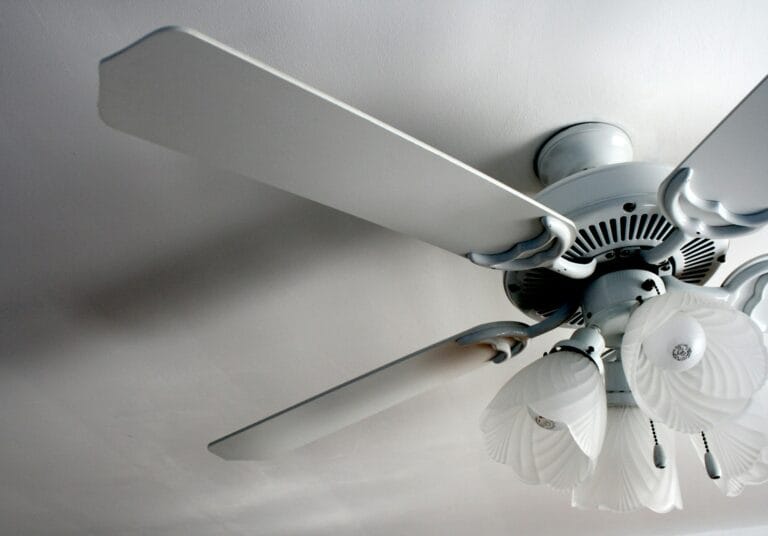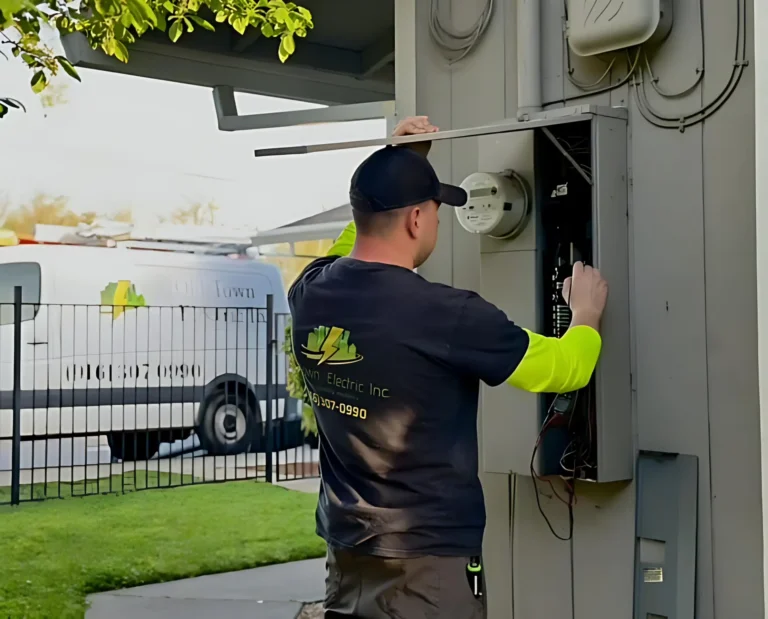If you’ve ever gone to unplug your phone charger or vacuum and noticed the outlet feels warm, you’re not alone. I get calls about this in Sacramento more often than you’d think, especially during the summer when air conditioners and fans run nonstop.
Here’s the thing: while a slightly warm outlet can be normal in some cases, it can also be a red flag for a deeper electrical issue. And in my experience, waiting to “see if it gets worse” is the fastest way to turn a small problem into a dangerous one.
Let’s talk about what’s normal, what’s not, and what you should do when your outlets are warm to the touch.
When Warm Is Normal — and When It’s Not
From what I’ve seen over the years, there are a few scenarios where a little warmth isn’t cause for alarm:
- Heavy device in use: High-power appliances like space heaters, hair dryers, or microwaves draw more current, which can naturally warm up the outlet.
- Long-term charging: Laptops, phone chargers, or power strips can generate mild heat over time.
- Dimmer switches nearby: Outlets connected to dimmers sometimes carry residual warmth.
But here’s where the danger starts creeping in:
If that outlet is hot to the touch, smells like something’s burning, or shows signs of discoloration, it’s time to act immediately.
Common Causes of Warm Outlets in Sacramento Homes
I’ve been working in Sacramento homes for over a decade, and a few patterns show up again and again.
1. Overloaded Circuits
Many older homes in neighborhoods like East Sacramento or Land Park still have wiring designed for a time when a single outlet might power a lamp and maybe a radio. Now? That same outlet could be feeding a phone charger, gaming console, space heater, and TV all at once.
An overloaded circuit forces wires to carry more current than they’re rated for. That excess load generates heat, and your outlet becomes the warning sign.
2. Loose or Worn Connections
Electrical connections loosen over time due to the natural expansion and contraction of metal as it heats and cools. In Sacramento, where summer heat can hit triple digits, I’ve seen this happen faster. Loose connections mean poor contact between the plug and the outlet’s internal metal parts. Poor contact equals resistance. Resistance equals heat.
3. Faulty or Cheap Outlets
If you’ve got bargain-bin outlets from a hardware store sale, they may not handle sustained electrical load well. I replaced half the outlets in a South Natomas home last year because they were cheap imports with weak internal springs. The homeowner kept smelling a faint “hot plastic” odor. Sure enough—internal charring.
4. Aluminum Wiring in Older Homes
Homes built in the late 1960s to mid-1970s often used aluminum wiring. The problem? Aluminum expands more than copper when heated, loosening connections faster and increasing the risk of overheating. If you’re in areas like Arden-Arcade or Carmichael with homes from that era, this is worth checking.
5. Damaged or Outdated Wiring
Rodents in attics, DIY repairs gone wrong, or simple age can leave wiring brittle or exposed. I once opened a wall in a Curtis Park home to find mouse-chewed wires feeding a warm outlet. The insulation was gone. One spark and that wall would have gone up.
How to Check If It’s a Real Problem
Here’s what I tell homeowners when they call me about warm outlets in Sacramento:
- Unplug everything from the outlet and see if it cools down after an hour.
- Feel other outlets on the same circuit. If more than one is warm, it could be a wiring or breaker issue.
- Check for discoloration or scorch marks. This is a major warning sign.
- Smell for burning or melting odors. Never ignore this—it can indicate arcing inside the outlet.
If any of those red flags pop up, it’s time to shut off power to that outlet at the breaker and call a licensed electrician.

Why Sacramento Homes Face Unique Outlet Heat Issues
Electrical systems here deal with a few local challenges that make overheating more likely.
- Summer Heat Waves: Prolonged 100°F+ days push air conditioners and fans to their limits. Outlets feeding these units stay under heavy load for hours.
- Older Housing Stock: Sacramento has plenty of charming mid-century and pre-war homes. The wiring in many hasn’t been upgraded to handle modern demand.
- Seasonal Load Changes: Winter space heaters and summer cooling equipment both strain circuits, sometimes back-to-back within a single year.
Safety Risks of Ignoring a Hot Outlet
Let me be blunt: a hot outlet isn’t just an inconvenience—it’s a fire risk. According to the U.S. Fire Administration, electrical malfunctions cause over 24,000 residential fires each year.
In Sacramento County alone, I’ve seen warm outlets turn into:
- Melted outlet faces
- Burned insulation inside walls
- Full electrical fires requiring multi-room repairs
The cost of replacing an outlet or tightening a connection? Usually under $200. The cost of fire damage? Well into the thousands, plus the danger to your family.
Steps to Fix a Warm Outlet
Here’s the safe, professional path I follow:
1. Turn Off Power
Shut off the breaker feeding the outlet. Verify with a non-contact voltage tester.
2. Inspect the Outlet
Look for loose wires, burn marks, or damaged components.
3. Replace if Necessary
If the outlet shows any damage or wear, replace it with a high-quality, UL-listed unit. For high-load devices, I use heavy-duty, commercial-grade outlets.
4. Check the Circuit
Test all outlets and connections on the same circuit. A warm outlet might be the symptom, not the root cause.
5. Upgrade Wiring if Needed
In homes with aluminum wiring or consistently overloaded circuits, upgrading to modern copper wiring and adding circuits can solve the problem long-term.
Cost Breakdown for Sacramento Homeowners
| Service | Typical Local Cost |
|---|---|
| Outlet replacement (per outlet) | $100–$200+ |
| Circuit load balancing | $150–$300+ |
| Full circuit rewiring (per circuit) | $800–$1,200+ |
| Aluminum-to-copper pigtailing | $15–$25+ per outlet |
| Full home rewire | $8,000–$15,000+ |
(Costs based on average Sacramento rates, actual prices may vary depending on your home’s layout and wiring condition.)
A Local Example: Midtown Sacramento Apartment
A few months back, I got a call from a tenant in Midtown. Her living room outlet was “getting warm” when she used her space heater. She’d mentioned it to her landlord, who told her it was “normal.”
When I checked, the outlet was reading 142°F with an infrared thermometer—well above safe limits. The wiring was loose, insulation brittle, and the outlet’s internal contact was charred. We replaced the outlet, tightened all connections, and moved the heater to a dedicated circuit. No more heat—and a much safer apartment.
Preventing Outlet Overheating
If you ask me, prevention is where Sacramento homeowners can save the most money and trouble. Here’s what works:
- Spread out high-load appliances across different circuits.
- Upgrade old outlets to modern, tamper-resistant models.
- Avoid cheap power strips—use surge protectors rated for the load.
- Schedule electrical inspections every 5–10 years, or sooner if you notice changes.
When to Call a Sacramento Electrician
Any of these signs mean it’s time to call a pro right away:
- Outlet is hot, not just warm
- Burning smell
- Visible sparks when plugging or unplugging devices
- Breaker tripping repeatedly
- Multiple outlets warm on the same circuit
For residents in Sacramento, Elk Grove, Roseville, or Folsom, having a licensed electrician nearby who knows local building codes and wiring patterns can make all the difference.
If you’re unsure, it’s better to call and have us check it out. Peace of mind is worth more than guessing.
Final Word for Sacramento Homeowners
Warm outlets are your home’s way of telling you something’s wrong. In some cases, it’s harmless. In others, it’s the early stage of an electrical fire. Knowing the difference is the key.
If you’ve noticed outlets heating up, especially during our Sacramento summer power surges or winter space-heater season, don’t wait. Turn off the breaker, unplug your devices, and schedule an inspection.
It’s one of those situations where acting now saves money, stress, and, most importantly, keeps your family safe.



